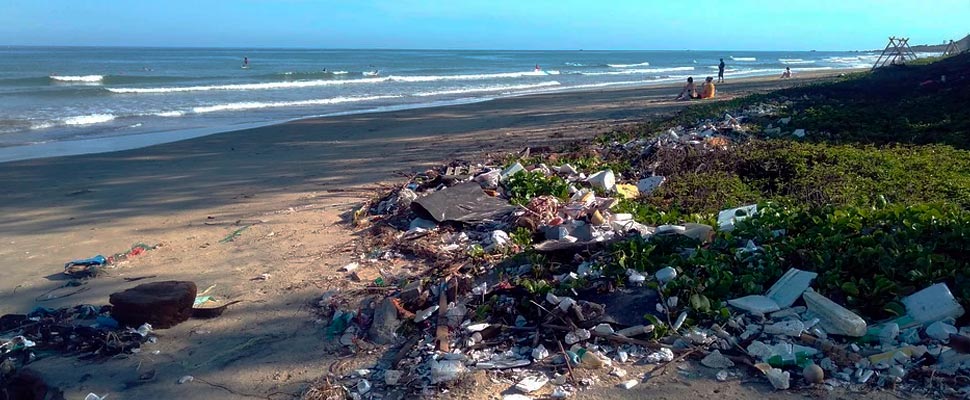Do you know what nanoplastics are? Find out here
Let's see what these fragments consist of and what they could mean for the planet and your health.

These plastic particles can affect both the environment and human health. / Photo: Pixabay
LatinAmerican Post | Ariel Cipolla
Listen to this article
Leer en español: ¿Sabes qué son los nanoplásticos? Aquí te contamos
The world is going through a health crisis. Despite the fact that the priority seems to be the fight against the coronavirus, we must not forget that there are other possible risks for human health … and also for the planet itself. However, science may help in this regard.
Recently, we saw that the Computer Hoy medium highlighted that a plastic was invented that is "infinitely recyclable." In other words, unlike a common plastic, it can be decomposed in a much more efficient way, reducing the environmental impact.
However … what is the maximum decomposition capacity of plastic? Well, it seems like a lot. Recently, El Ágora Diario mentioned that nanoplastics "are already present in human organs", that is, they can be detected at the level of organs and tissues. Let's see, then, what these particles consist of.
What are nanoplastics and microplastics
As we mentioned, the health crisis that arose from the coronavirus also has implications for the ecosystem. The specialized UN News website mentioned that the plastic tide caused by COVID-19 "is also a danger to nature", in the sense that there are more and more products used as a result of this very particular situation.
We not only talk about sanitary items, such as masks, but also plastic food packaging or delivery bags. In other words, there was an increase in elements that are generated with this material and that could generate a problem in the absence of eco-friendly policies.
Now, when we talk about plastic, we usually do it in a general sense, without recognizing the types that exist. The specialized website of Engadget Science highlights that nanoplastics are plastic fragments with diameters less than 0.001 mm, unlike microplastics, less than 5mm.
Although the effects they have on human health are still not known for sure, the reality seems to be that they are increasingly present on this planet. For example, the Ecologists in Action medium highlighted that a Canadian study concluded that certain infusion bags release billions of microplastics and nanoplastics.
Also read: Dams exacerbate the consequences of climate change on river fish
In other words, the plastic in consumer goods can be broken down into microplastics and nanoplastics, which can be integrated into the human body. This is why the La Vanguardia website, for example, thinks that we should say "no" to tea bags, since they release these fragments in their bags, which are added to them to provide rigidity when submerged in hot water.
The El Mundo website also asks about the possible consequences that these particles have on our body. According to a study carried out by hepatologist and researcher Philipp Schwabl from the University of Vienna, plastic residues can be found inside people who eat foods that are prone to contain them.
Another of the possible effects that it could trigger is that of changes at the hormonal level. According to what the Ambientum website comments, these particles could act as "hormonal disruptors", since they are substances that can disturb the endocrine system, especially at critical moments of growth, as often occurs in pregnancy.
The problem seems to be, then, the intake of these particles, which still need to be studied in depth by the scientific community. Knowing that, as the BioEco Actual website mentions, a person ingests 2,000 pieces of microplastic per week (equivalent to 5 grams of plastic, the weight of a credit card), we should better evaluate what we consume, not only to protect the environment, but also for our own health.




